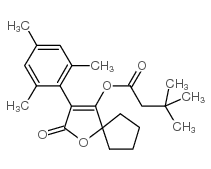| 结构式 | 名称/CAS号 | 全部文献 |
|---|---|---|
 |
螺甲螨酯
CAS:283594-90-1 |
| 结构式 | 名称/CAS号 | 全部文献 |
|---|---|---|
 |
螺甲螨酯
CAS:283594-90-1 |